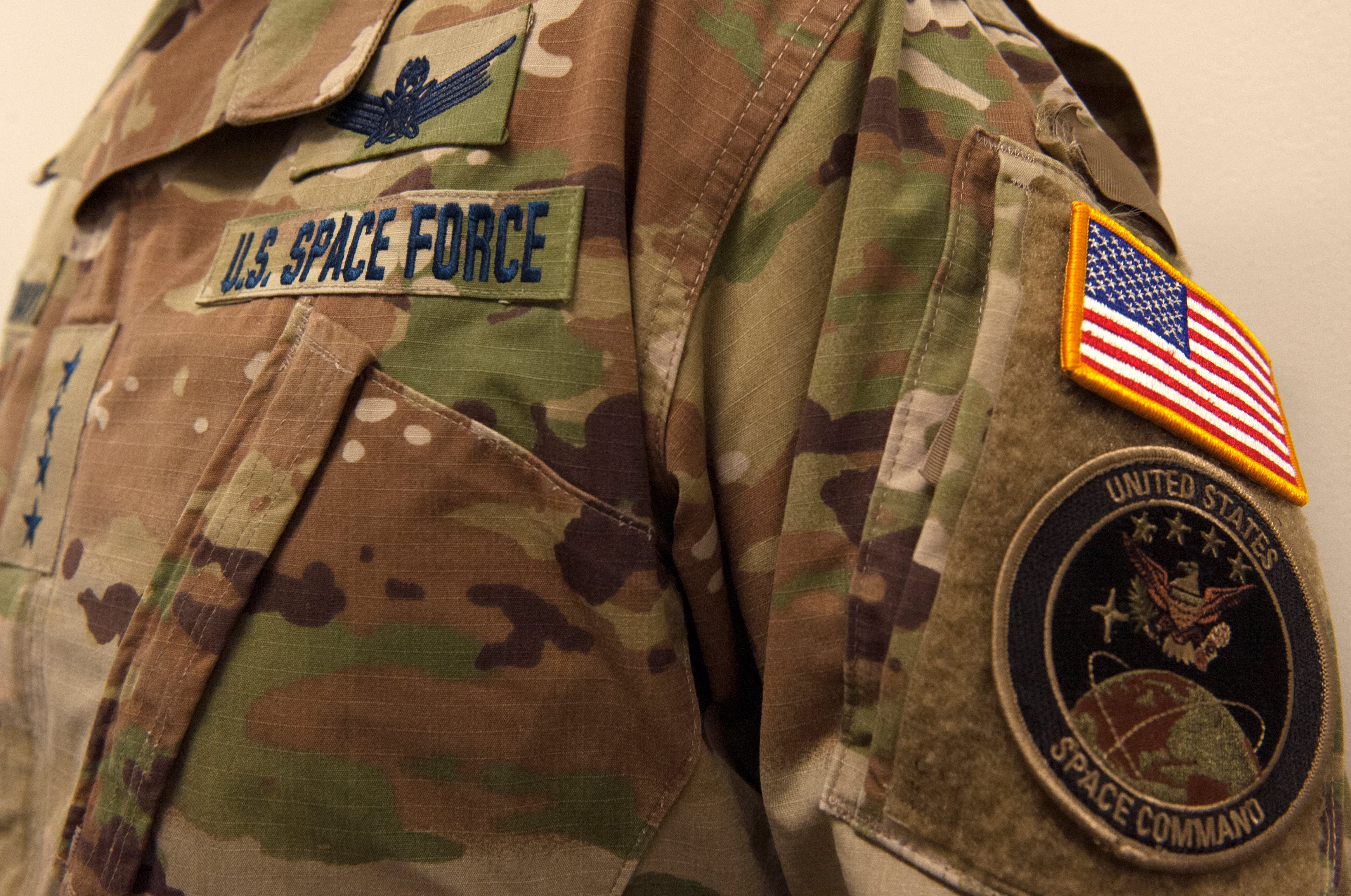The first battle of Kasserine Pass in North Africa in February 1943 revealed some hard lessons learned for U.S. forces in their first major encounter in the European-North Africa-Middle East theater during World War II. This battle represented the only major engagement during World War II, or since, where U.S. forces did not own air superiority, with disastrous results.
Of the many lessons in this poor first performance for America’s military in the struggle against the Axis powers, most prominent for airmen were the consequences of not having a single independent air commander directing limited air assets to achieve air superiority, and the assigning of airpower units to land force commanders as “auxiliary” forces. America cannot afford to repeat these mistakes when it comes to command and control of space power and maintaining space superiority in a future conflict with a peer adversary.
One of the primary reasons U.S. Space Command was reestablished and the U.S. Space Force created was to ensure necessary war-fighting synergies are achieved through unity of effort under an independent commander for U.S. military space power. Complicating this goal for space are two factors: the differing priorities for space assets developed, launched and controlled by the director of national intelligence as opposed to those fielded by the U.S. military (although not wholly accurate, this is sometimes described as Title 50 versus Title 10), and the roles and missions tensions of individual services insisting on maintaining indigenous capabilities to directly support their own forces.
The Intelligence Community tends to prioritize limited overhead assets for support to national strategic policymakers rather than for direct tactical support to war fighters. While various legacy efforts were created to increase tactical space support to war fighters, such as each service’s Tactical Exploitation of National Capabilities (TENCAP) programs, tensions remain between national strategic intelligence priorities and direct war-fighter support.
So, when the chief of space operations announced the Space Force’s effort to build a network of satellites to perform the Ground Moving Target Indicator mission, that is, to assume the current JSTARS aircraft role of tracking mobile enemy vehicles on the ground, questions immediately arose as to which community, defense or IC, would exercise command and control of this new space-borne capability. However, the U.S. Space Force, with its codified Title 10 responsibility to “conduct space operations,” is the proper authority to command, control and operate such crucial tactical intelligence, surveillance and reconnaissance capabilities.
There are also continuing examples of parochial service attitudes that will have the effect of diluting both budgets and synergies for space capabilities. The most recent example is the U.S. Army approving plans to develop and field its own constellation of satellites to form a tactical space layer to provide deep area sensing, rapid targeting and unmatched battlefield situational awareness.
Roles and mission arguments aside on the appropriateness of the Army sensing in “deep areas,” the Army’s plan is reminiscent of the grave error of assigning airpower as subordinate to land force units during the ill-fated Kasserine Pass battle, which negated the greater value of assigning limited assets under a single independent air commander for maximum effect in the war-fighting campaign. It’s also concerning to note the complete lack of reference to the U.S. Space Force in Army writings on their tactical space layer, intimating the Army desires to maintain indigenous space capabilities for its own use, capabilities that are more effectively centrally managed by an independent space commander for the successful outcome of the broader war-fighting campaign.
The U.S. Space Force is assigned the organize, train and equip responsibilities codified in Title 10 to provide trained and ready space forces to fulfill combatant commander requirements. This means the secretary of the Air Force, through the chief of space operations, must act as the chief architect for the Department of Defense’s space enterprise to ensure all DoD military space capabilities are aligned and synchronized. Similarly, the chief of space operations, through his components for the war-fighting combatant commanders, must act as the single independent space commander to ensure always-limited space assets are employed to their maximum effect and avoid a future “Kasserine Pass” failure in space.
The congressional defense committees should closely monitor the continued development of the U.S. Space Force for adherence to their original legislative intent, and exercise the necessary oversight and budgetary responsibilities to make needed course corrections.
Matt Donovan is the director of the Mitchell Institute Spacepower Advantage Research Center. He is the former undersecretary of defense for personnel and readiness and former undersecretary of the Air Force. Prior to that, he was majority policy director for the Senate Armed Services Committee.





